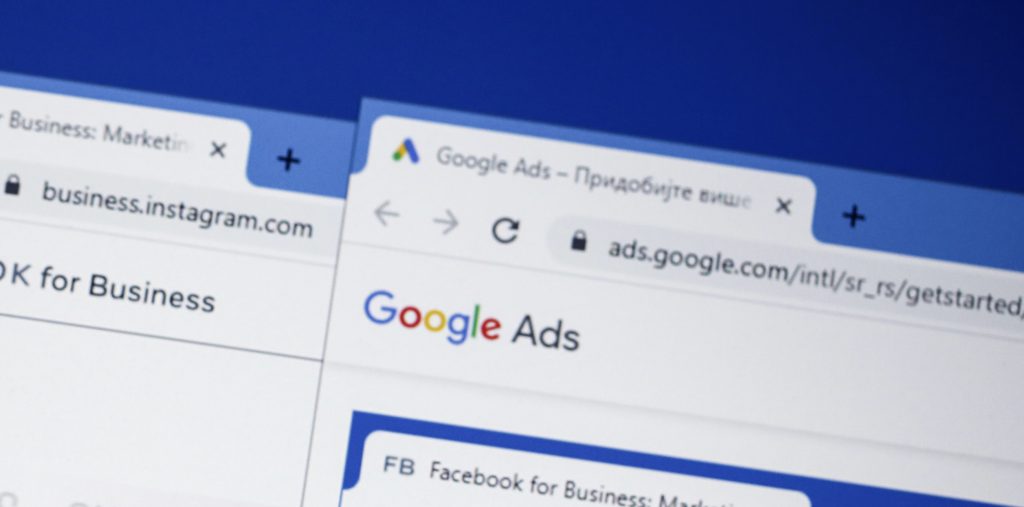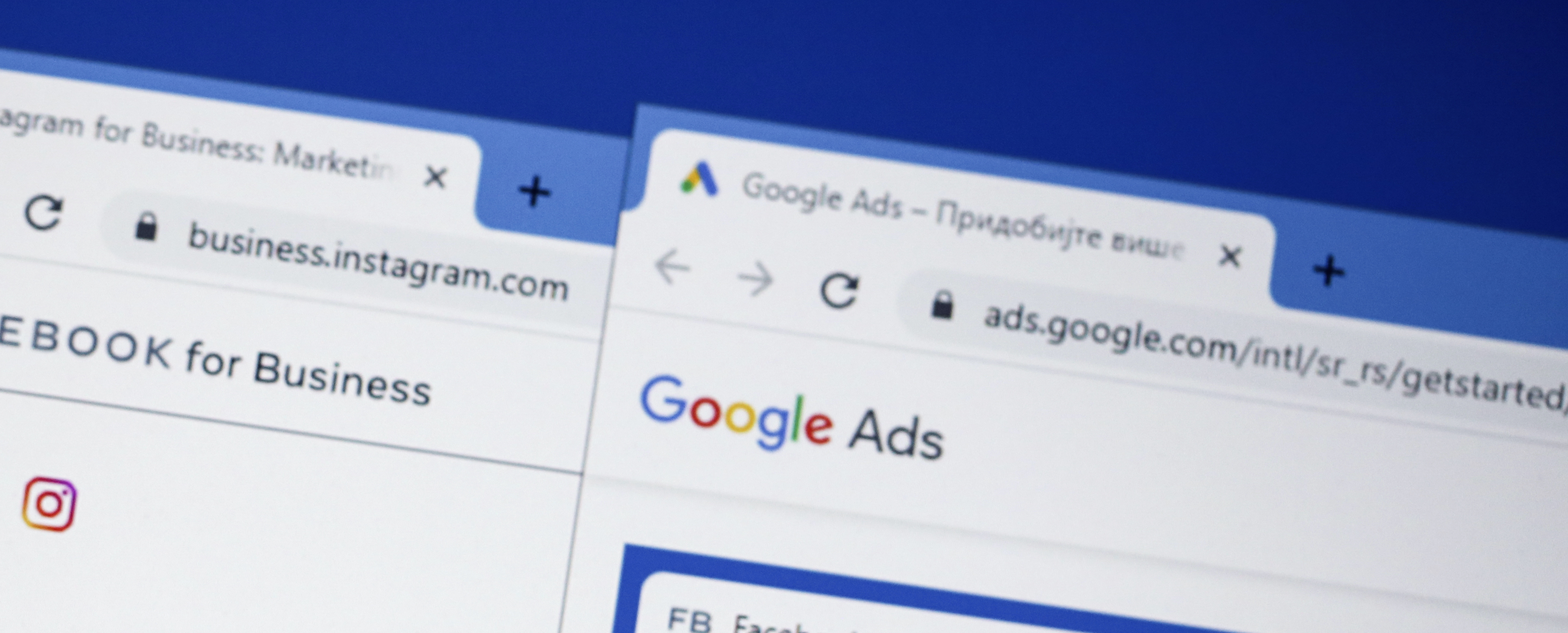In the early months of the pandemic the increase in shopping clicks was astounding – at 53% in Q2 and 44% in Q3. This flood of demand drove businesses such as Amazon to pull back from their advertising activities. Amazon exited Google Ad auctions in early March when Americans began to limit travel and in-store purchases.
Google paid search up and down
For the first time, Google paid search CPC increased by 4% YoY in Q4 of 2020. The competition in Q4 was very high due to the extended holiday season starting back in October. Conversely, Q2 saw the largest decline, due to Amazon being absent during this period.
CPC growth recovered slightly from a 7% decline in Q3 to a 6% decline in Q4.
Google Text and Shopping Ads
Google Text Ad CPC rebounded faster than Shopping Ads, growing 4% YoY in Q3 compared to a 7% decline for Shopping. This trend continued into Q4. It appears the major advertisers ramping up their activities during the final quarter may have had more of an impact on Text Ads than Shopping Ads.
Along with slower click growth in Q4, a likely cause of increased CPC growth was Amazon’s surging presence in Google Shopping and Text Ad auctions. Their impression share in Google shopping auctions topped 50% in their late December push. With highs not seen since January 2020, in the middle of December Amazon appeared to become more aggressive with their advertising after they paused all activity on Thanksgiving Day.
Shipping and inventory issues
While we saw a higher paid search conversion rate of more than 20% than we were used to throughout Q4, there was a quick drop in mid-December. This was driven by shipping concerns and low stock. The prolonged shopping season also had an impact on performance.
The increased conversion rate was most likely caused by sudden high ecommerce demand and holiday discounts that were pushed out much earlier.
Get Location Details decline
The 20% decline in Get Location Details clicks is a result of the pandemic effects on travel and brick-and-mortar shopping activity. The greatest decline was marked in November (33%), as many people avoided going to shops for Black Friday. This will remain the case throughout the first months of 2021.

Sales event success
Search-driven sales peaked during the week of Amazon Prime Day, their two-day sales event on 13-14 October. Neither Thanksgiving or Cyber Monday could match its success. Amazon’s orders attributed to paid search efforts that rose 5 times in the first two weeks in October.
Gmail Ads out, Discovery Ads in
73% of advertisers were actively deploying Discovery campaigns that targeted placements such as Promotions and Socials tabs in Gmail and YouTube. With the launch of Google’s new Discovery Ads, Gmail Ad campaigns are scheduled to be sunset on 1 July 2021.
Remarketing declines
As cookies are restricted more and more, the share of paid search clicks attributed to Remarketing Lists for Search Ads (RLSA) continues to slip. The impact could also be caused by changes in marketers’ strategies during periods of mass shifts to ecommerce, such as in 2020.
Customer Match share of clicks remained steady in Q4, as it isn’t reliant on placing cookies on searchers’ browsers, but rather on customer emails, phone numbers and/or physical addresses. And while Similar Audiences are not usually as valuable in terms of direct response, their click share has grown YoY across device types.
Smart phones over tablets
Phones continued to account for 69% of all paid search clicks in Q4, and growth in click share from device type has slowed significantly. Phone share of US paid search traffic has risen significantly over the years, however the pace of smart phone penetration has slowed. Tablets continue to decline in popularity and they only account for 3% of all paid search clicks.
Phone CPC remains relatively stable YoY.




